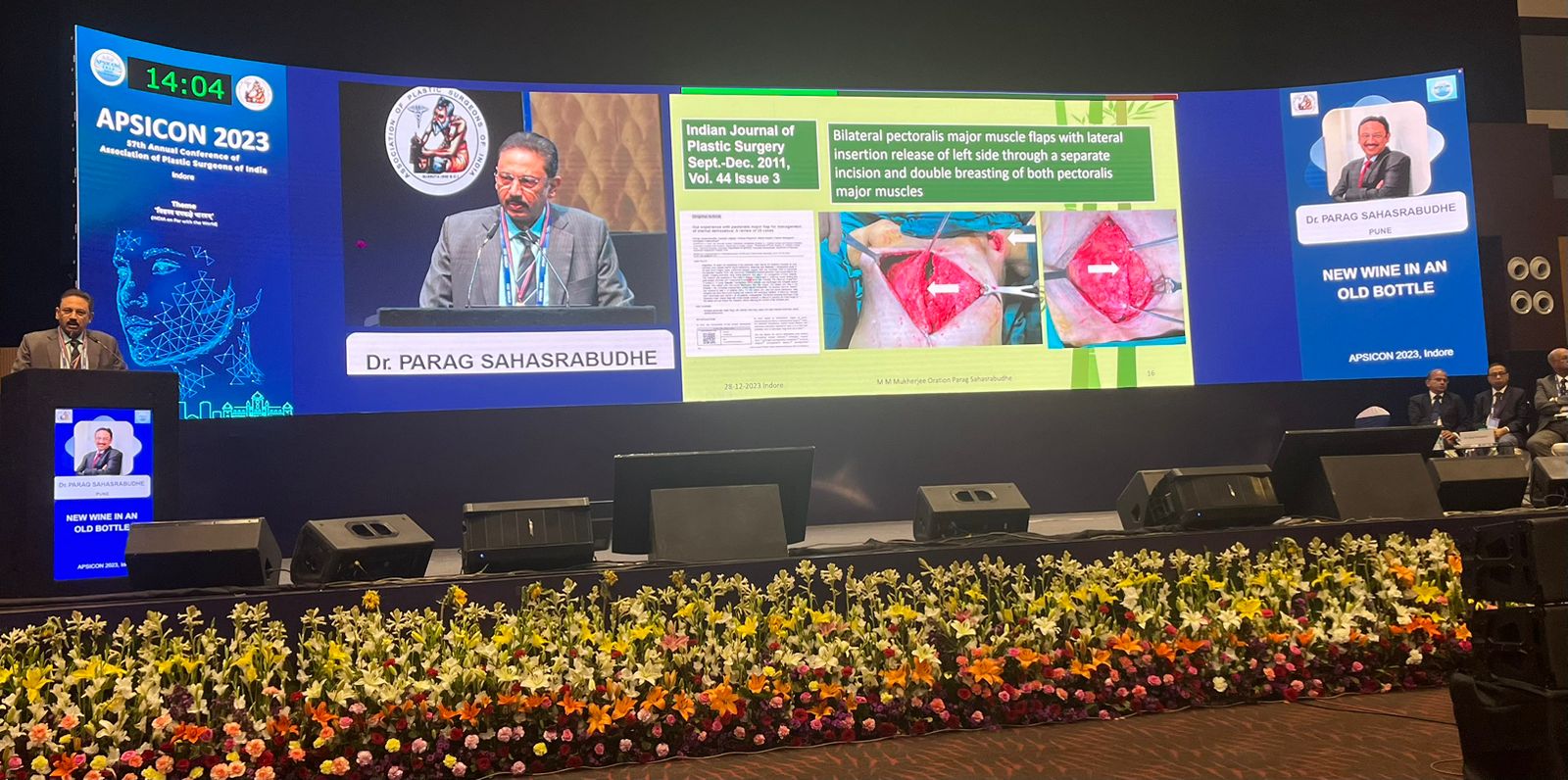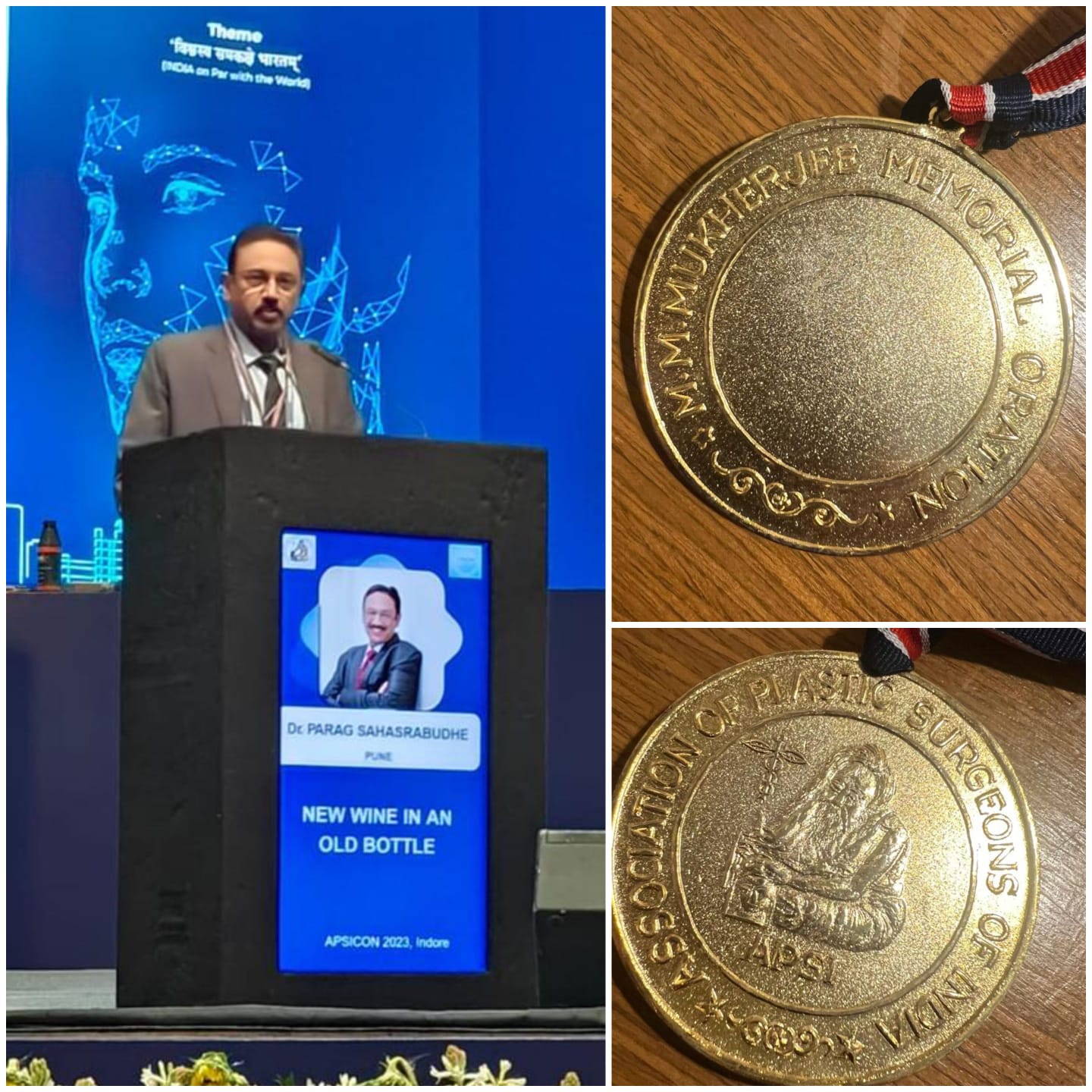Botox

Introduction
Wrinkles are part of the ageing process. They can be attributed to sun damage, effects of gravity and muscle contraction resulting from facial expressions such as frowning and laughing. Wrinkles due to the effects of gravity represent natural sagging of tissue with age and are generally only improved by surgical tightening procedures. Wrinkles caused by muscle contraction such as frown.
What is Botox?
Botox is the trade name for highly purified Botulinum toxin Type A, produced by bacteria called Clostridium botulinum. Several types of toxins have been identified, but type A, which is used commercially, is the most potent.
Indications :
Originally Botox was approved by FDA for Blepherospasm which is the spasm of the muscles of the eyelids and strabismus or cross eyes. It is now also being used for the treatment of cervical dystonia, treatment of hyperhydrosis, some forms of migraine and also in treating serious muscle contractions and imbalances caused by cerebral palsy.
Mechanism of action :
Botox acts by blocking acetylcholine, a chemical that is responsible for transmitting electrical impulses that cause muscle contraction. This results in muscle paralysis. The resultant paralysis, however, is temporary, as the new growth of nerves will re-innervate the muscles.
Procedure :
Botox is injected directly into the muscles that cause the wrinkles, using a very small needle. Several injections are usually needed at specific sites, depending on the area treated. When used to treat excessive sweating in the armpits, Botox is injected directed into the axillary skin. Localised discomfort and bruises can occur, but no sedation or local anaethesia is generally required. Normal activities can be resumed immediately. Patient may need touch up injections at the time of 2 weeks follow up visit.
Results :
Botox usually takes effect 24-72 hours after injection, with maximum effect at about 1 to 2 weeks. Its effects generally last for approximately 3-4 months. When injected into the muscles that are responsible for expression wrinkles, it gives the face a more relaxed and smoother appearance. Sometimes longer lasting effects (9-12 months) are seen after treatment of excessive sweating. When a gradual fading of treatment effect is noticed you may return to have another treatment.
Limitations :
Whilst Botox can be very effective in reducing wrinkles due to muscle contractions, it has no effect in reducing the fine lines on the face caused by sun damage, and lines due to sagging of facial skin. In those patients with very heavy lines, repeated treatments may be needed for maximum effect. Too frequent or excessive dosing of Botox may lead to patient's resistance to treatment due to antibody formation and Botox treatment may exaggerate any facial asymmetry.
Risks :
No severe complications after cosmetic use of Botox have been reported in the literature. Bruising, temporary headache can occur after the injection. Very rarely excessive weakening of the target muscles and paresis of adjacent muscles can occur, resulting in facial weakness. This is self-limiting. When injecting above the eyebrows, upper eyelid ptosis or slight drooping may occur but only 1:100. This can be corrected with eye drops but will also improve as the effects of the Botox wears off.
Contraindications :
The use of Botox is contraindicated in people with neuromuscular disorders such as myasthenia gravis , those who are taking certain muscle relaxants and antibiotics such as aminoglycosides , pregnant or breast feeding women , those with infection or inflammation at the proposed site of injections and bleeding disorders.
Quick Enquiry
Contact Us
5 Shree Dhanalaxmi Society,
Off Senapati Bapat Road,
Near Symbiosis College,
Shivajinagar, Pune 411016.





